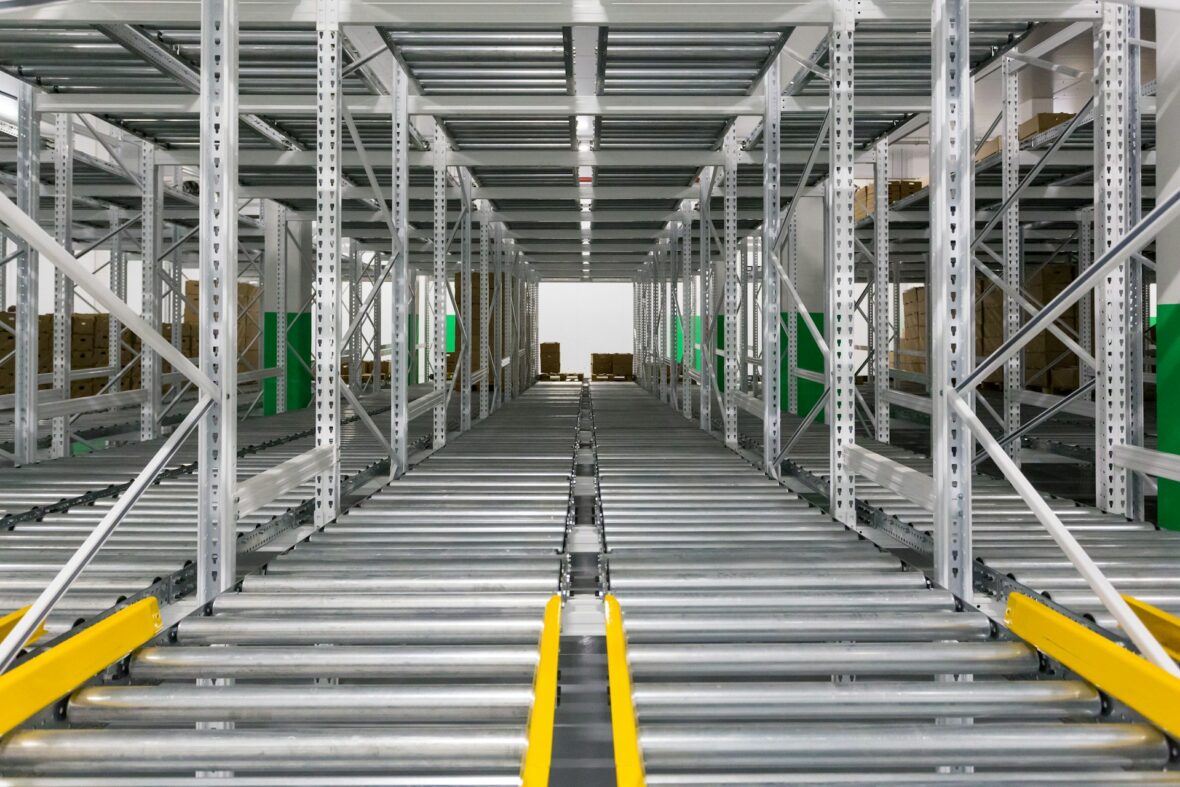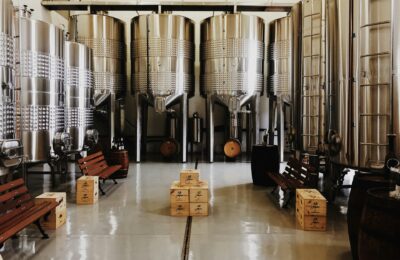Automated palletizing systems have revolutionized material handling, offering businesses enhanced efficiency, safety, and cost savings. But with so many options on the market, how do you determine which system is right for your needs?
This post will guide you through the essential considerations when choosing a palletizing solution. Whether you’re exploring automation solutions for the first time or upgrading an existing setup, this guide will help ensure you’re making an informed decision.
Why Businesses Need Automated Palletizing Solutions
Automating your material handling processes doesn’t just save time; it also reduces labor costs, minimizes errors, and improves workplace safety.
With the demand for efficiency at its peak, businesses are turning to innovative palletizing systems to streamline operations. Automated systems can handle large-scale tasks with precision, enabling companies to meet growing customer demands without compromising quality or speed.
Key Benefits of Automated Palletizing
Here are some undeniable advantages of investing in automation for your business:
- Consistent performance: Unlike manual labor, automated systems work tirelessly with consistent efficiency.
- Reduced costs: Automation lowers long-term expenses by minimizing workforce demand and reducing operational errors.
- Improved safety: Automated systems take over repetitive or potentially dangerous tasks, protecting your employees from injuries.
- Scalability: Palletizing machines can easily accommodate increasing production lines as your business grows.
Factors to Consider When Choosing a Palletizing System
Selecting the right automated palletizing system hinges on understanding your unique business needs and evaluating specific factors. Here’s what you should keep in mind:
1. Type of Product Handled
Consider your product’s weight, size, shape, and fragility when selecting a system. Different machines are designed for specific tasks:
- Robotic palletizers excel in handling lightweight, delicate, or odd-shaped items using precision-focused operation.
- Conventional palletizers are ideal for simple tasks involving heavy or uniform goods.
Knowing the type of product your business deals with regularly will help guide your decision.
2. Throughput Requirements
Evaluate how many products your company needs to palletize daily or hourly. High-throughput operations might require a highly efficient system with advanced technology, while smaller-scale setups may benefit from semi-automated solutions.
3. Available Space
The system you choose must fit comfortably within your facility. Measure your available floor space and ceiling height, and align these with the machinery requirements. While larger systems deliver higher throughput, compact models may be sufficient for businesses with limited space.
4. Budget Allocation
Consider both the initial investment and long-term costs of maintenance, repairs, or potential upgrades. Automated palletizing systems require upfront investment, but the returns in reduced operational costs can outweigh these expenses over time.
5. Customization and Flexibility
Every business has unique needs. Choose a palletizing solution that offers versatility and customization options. For instance:
- Does the system handle multiple product types with ease?
- Can it be adjusted for changes in production needs?
- Is it compatible with existing material handling equipment?
6. Maintenance and Support
Reliable customer support and easy maintenance ensure minimal downtime during system failures. Look for providers that offer robust warranties, regular servicing, and access to repair technicians.
Types of Automated Palletizing Systems
Now that we’ve highlighted the factors to consider, let’s explore the types of palletizing systems available:
Robotic Palletizers
Robotic systems use articulated arms to stack goods on pallets with high accuracy. These machines are ideal for businesses requiring flexibility in product handling. For example:
- Industries: FMCG, e-commerce
- Applications: Handling items of varying shapes and sizes, such as cartons, pouches, and bags.
Conventional Palletizers
Conventional palletizers excel in the high-speed stacking of uniform products. They’re widely used for standardized goods like beverage cans or boxed goods. Advantages include reliability, speed, and cost-effectiveness.
Hybrid Palletizers
These systems combine the efficiency of conventional palletizing with the flexibility of robotic arms. Hybrid solutions are useful for firms with mixed product lines or unique pallet-stacking patterns.
Transforming Efficiency with the Right Palletizing Solution
By implementing the ideal palletizing system, businesses can unlock unrealized efficiency and gain a competitive edge in their industry. When considering material handling automation solutions, it’s crucial to strike the perfect balance between functionality, adaptability, and cost-effectiveness.
Future Trends in Palletizing Systems
Advances in technology are consistently transforming automated palletizing. Here are some exciting trends to keep an eye on:
- AI Integration: AI-powered systems that adapt dynamically to changes and minimize human intervention.
- Data Logging: Systems equipped with data-tracking capabilities to monitor performance and identify bottlenecks.
- Sustainability: Eco-friendly materials and energy-efficient systems to minimize environmental impact.
Where to Begin
When you’re ready to upgrade your material handling processes, start by analyzing your specific needs and consulting with experts in the field. Many companies offer detailed consultations to ensure the solution aligns with your operational goals.
If you’re looking to learn more about palletizing systems and automation solutions, connect with us to take the next step toward enhancing your business efficiency.






